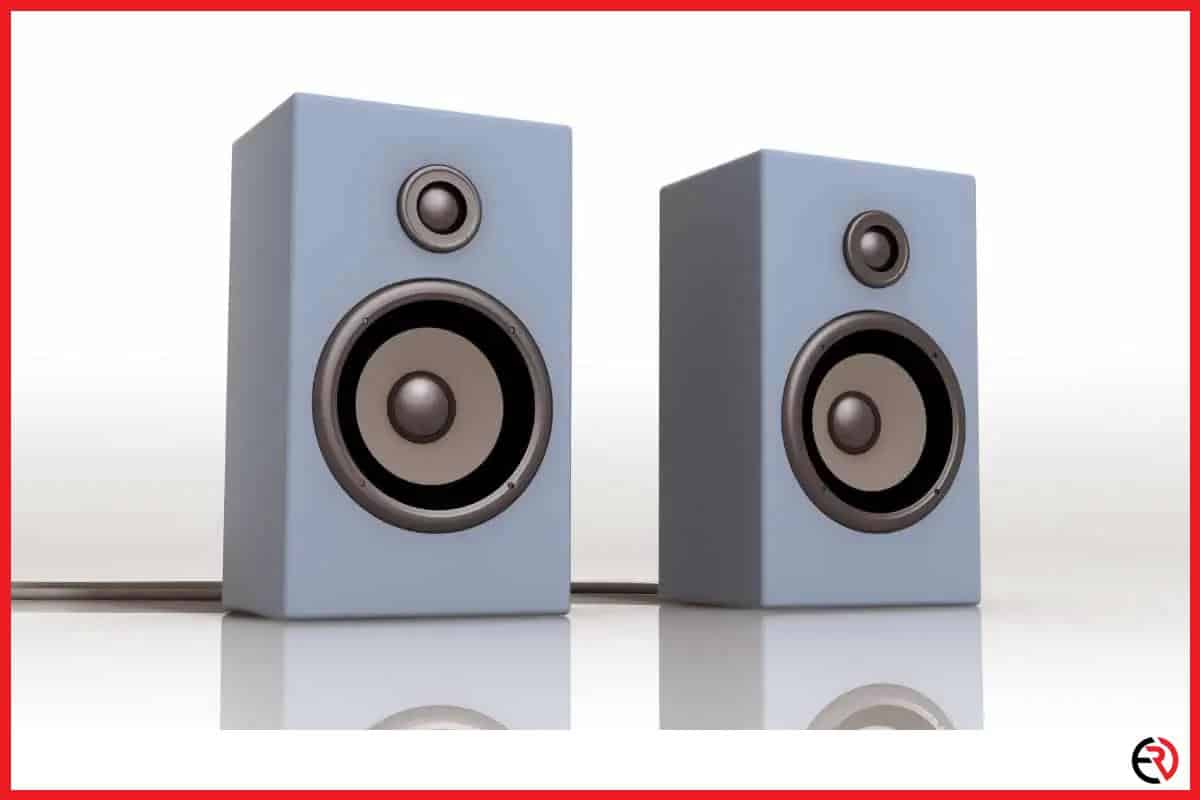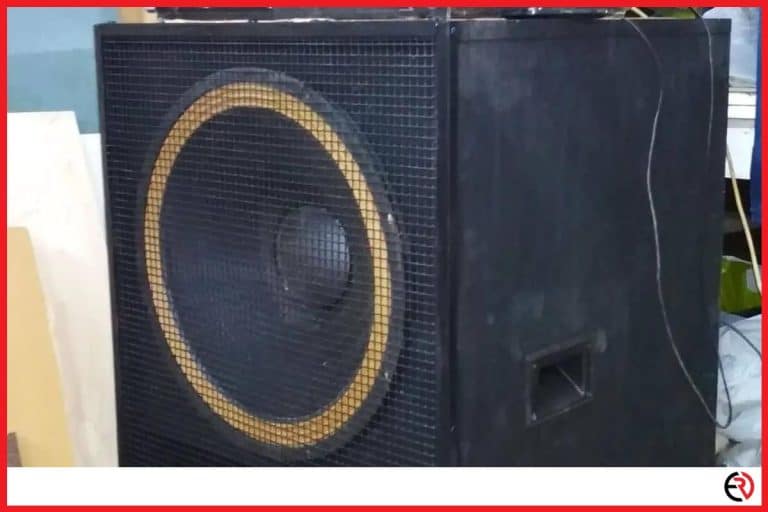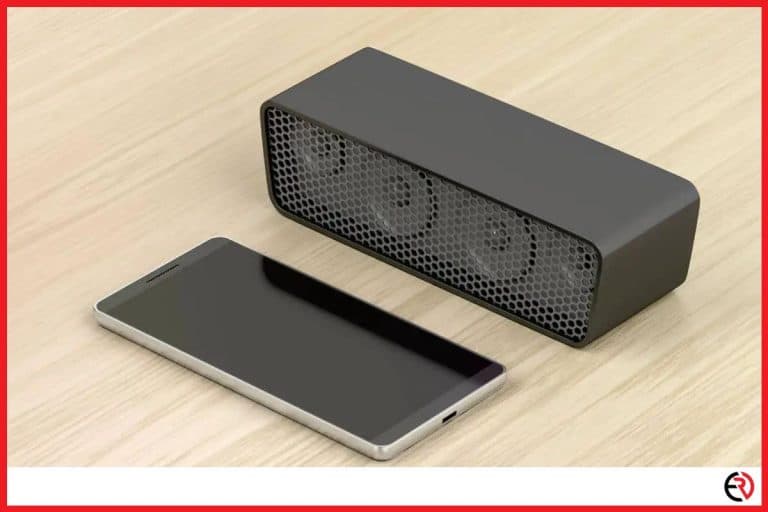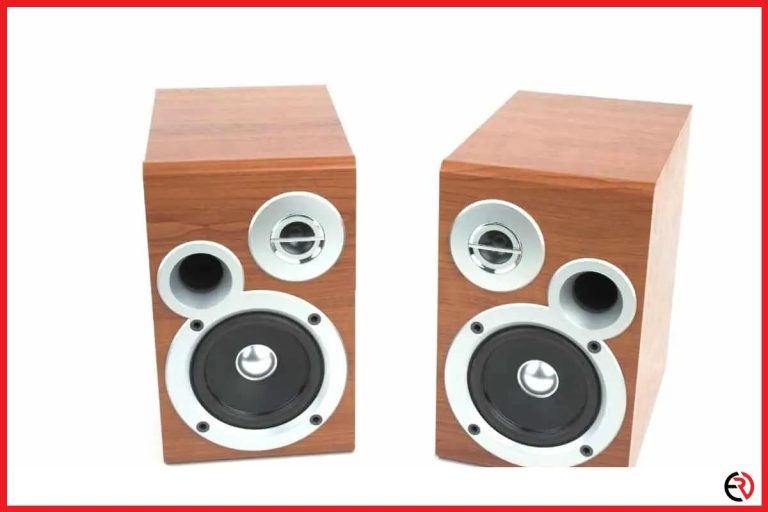No Sound Coming From One Speaker (How to Fix)
This post may contain affiliate links which means that, if you choose to make a purchase, I may earn a small commission at no extra cost to you.
Is one of your speakers not working? Are you tired of adjusting the wires for a better connection? Do you think it is time to get a new set of speakers? Speaker malfunction is a common problem and usually happens over time. It is usually caused due to faulty wiring, wear and tear, and sometimes because the setup gets too old. Fortunately for you, I have the solution right here.
Begin by checking the connections. Are the wires properly connected to the stereo system/computer/TV? Remove the connections and reconnect everything. Swap the left and right channels and if the problem persists, replace the old wires with new ones.
I have encountered several speaker-related issues during my time spent with them. While I fixed some problems with simple troubleshooting procedures, others required a more technical approach and in worse case scenarios, I had to replace them altogether. But whatever the issue, I realized that there is a solution for every problem which I will be sharing in this article.
Why is sound not coming to one of my speakers?
The reason why sound is not coming to your speakers could be due to faulty wires, defective equipment, malfunctioning audio ports, and software-related issues.
Electrical equipment can malfunction at any time so I like to be prepared for the worst. I always keep a spare set of speakers so that I can swap them out if the problem persists for long. As to why that’s happening, there are numerous reasons.
The faulty wire is one of the problems that I face in most cases. The wire connecting the speaker to the stereo system usually gets loose at the base. The phenomena can cause simple audio distortions in the early stages. However, with time the distortions increase until I am not able to hear anything. At this point slightly tugging the wire at the base causes the audio to fade in-out.
The second most commonly occurring problem is related to the speakers themselves. I am not the luckiest person in the world but a speaker refusing to work right after the day it was bought is disheartening. Turns out it was a manufacturing defect and I had to get it replaced.
How to troubleshoot a speaker with only one working audio channel?
There are several ways you can troubleshoot for problems such as checking the speaker, tuning speaker balance, switching speakers, making sure the speakers do not have problems, and finally seeing manual and connecting support for further assistance.
How to know if a corrupted file is causing the sound to come from one speaker?
Corrupted files can cause all sorts of problems such as stuttering, choppy audio, no audio at all at certain parts of the music, and sometimes audio coming out of a single speaker. The audio can even jump in between two speakers, playing one at a time rather than both.
I have a personal collection of songs that I keep on a flash drive from the pre-streaming days. It’s a habit and saves me time from sifting through a ton of songs to get to my favorite ones. The drive is a few years old and one day the audio began to stutter, crackle, and even stopped playing at times.
The fix – I started with the cables but no matter how many times I adjusted/changed them, the problem remained and ceased once I was streaming from Youtube. The flash drive was at fault so I had it replaced and now it’s working fine.
So if you experience audio from a single speaker, change the audio source before getting your hands dirty with the technical stuff.
Can damaged wires cause audio to come out of one speaker?
Yes, damaged wires can cause audio to come out of one speaker. A clean break or even splices can cause audio to distort and even stop transmission in some cases. Closely feel the wire as you go along its length to check for damage.
Here is how I usually check for wire damage in my speakers:
1. Star with the base of the speaker. Hold the wire just behind the box and give it a nudge while the speakers are on.
2. Keep tugging and move towards the receiver/stereo/receiver.
3. Stop to inspect if you hear distortions while tugging at the wires.
4. Check for external damage and replace the wire once you find any.
5. If there is no external damage and the audio still keeps distorting, then it’s either some internal damage or something else is the problem.
6. Replace the wire and check if the audio is coming out or not. If not, then there is something else wrong with your speaker.
I bought a pair of Edifier R1280T a few years ago and they started malfunctioning after a month. After a closer inspection, I discovered that my cat chewed through one of the wires, and a quick replacement bought the speakers back on track. So always check your wire integrity before anything else.
Can damaged equipment cause audio to come out of one speaker?
Yes, damaged equipment can cause audio to come out of your speaker. The best way to check for damaged/defective goods is to disassemble everything and attach them to different speaker parts.
Last month I bought the Klipsch 5.1 home theater speaker system and one of the speakers stopped working last week. Fast forward a few days, and after a quick look, the technician told me that the Bluetooth transmitter on one of the speakers was not working. It was still within warranty so I had it replaced.
There is no easy way you can fix defective equipment, not unless you are a technician yourself and know your way around speakers. Basically, if every other test fails, simply ask someone to take a look. At least that’s what I did with my Acoustic Audio AA5172 Bluetooth home theater.
How to know if your operating system is causing audio to come out of one speaker?
The best way to check is to connect a brand to a new speaker system, or one you are sure is not defective, and play the same audio file. If the speaker is still not working, then the problem may lie with your operating system.
Since the launch of Windows 11, many users, including myself have registered for the insider program, which gives us exclusive access to the experimental build. During my time testing out new features, I experienced bugs like never before.
For instance, the other day, I was not able to install any applications as the installer kept disabling itself. The problem was fixed later on, but I had several such encounters including the audio issue.
One day, one of the speakers suddenly stopped working. Since I had a spare lying around which I knew was in good cognition. However, the problem kept repeating itself, and then I realized it was a software issue.
A Google search revealed people were experiencing a similar issue and the only way to fix the issue was to wait for an update, opt-out of the Insider program or roll back to an older version.
The speaker issue was not solved even when I opted out of the insider build and rolling back was not possible, since I could lose all my data. So I waited it out and a fix was released in a couple of days.
Conclusion
Hardware problems come in many forms and hopefully, with this newfound knowledge, you will have a better chance of recognizing them. Stay tuned for more tech tips in future posts.







